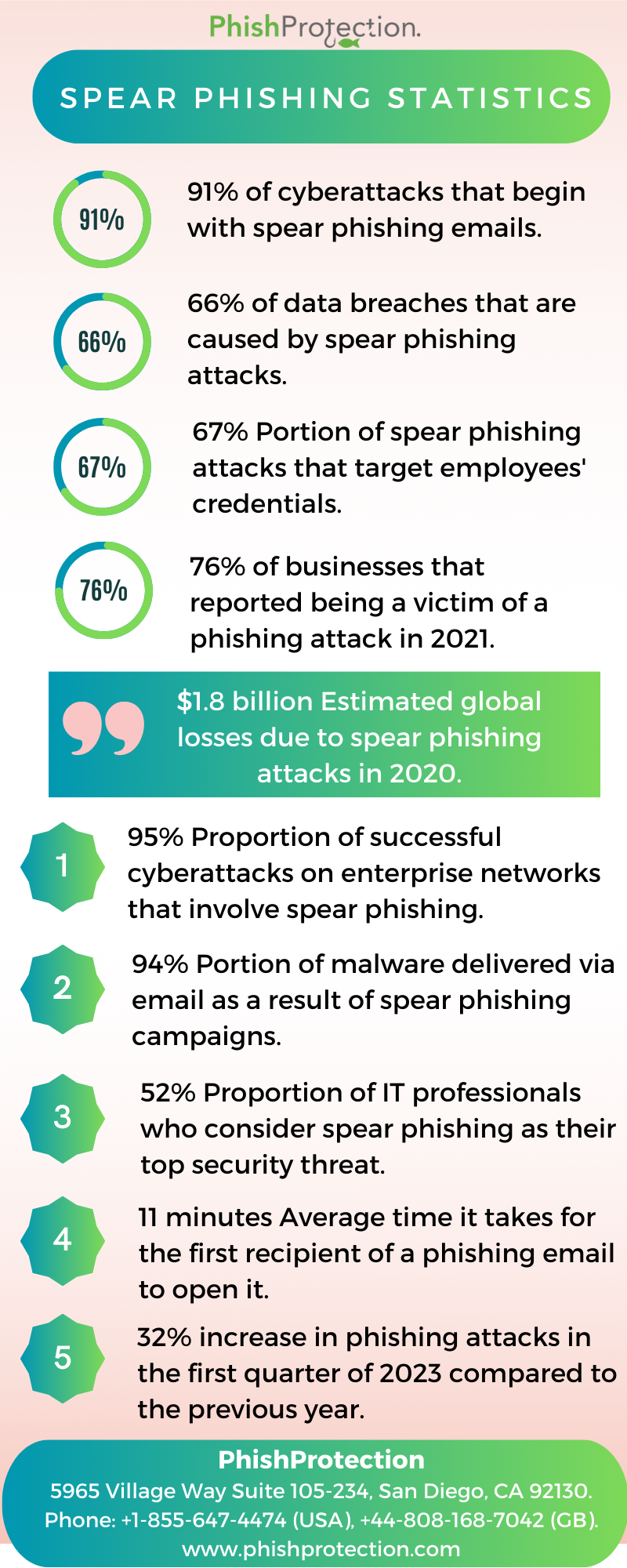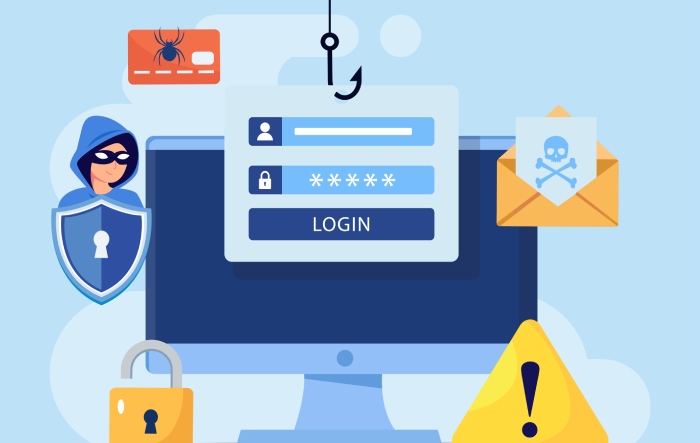It is a well-known fact that most of us in this digital era leaves behind our track or digital footprint online. While we don’t often get into troubles for doing so, our digital trails may be all that is needed by savvy scammers to get the better of us. There’s a scam operation called spear phishing that relies on information that is available online about a person or an organization to take advantage of them and to obtain illegal gains from them.
Understanding the Term
There are various types of cyber attacks, and one of the most common of those is spear phishing. In this type of phishing attack, the cyber-criminals try to compromise the sensitive information of a targeted person or organization using emails, social media, messaging services, and other kinds of platforms.
To make the attacks successful, the hackers first gather personal information of the targeted person. After collecting such details, the adversaries attempt to fool the target, usually employees of corporate enterprises by contacting them online as an authentic entity or person and steal sensitive corporate information through emails or messaging services. The attackers typically act as a trusted person and compose their messages to show that they are familiar to the target and are someone who can be trusted to gain the target’s confidence.
The main feature that makes spear phishing different from a typical phishing attack is the personalization of the attack. While phishing targets a large number of people and hopes to get at least some of them to fall for it, spear phishing is a very personalized process where the attackers select a specific target and also tailor the messages to that particular individual.
The Whole Process of Spear Phishing
Spear phishing may seem to be an easy task, but it is not that easy to detect. With the advancement in the digital age, spear phishing techniques have become more complex and even more challenging to identify quickly. The following is how the process of spear phishing works:
- The cyber attackers choose those individuals, for an attack, who have shared a lot of personal information online.
- The hackers access intimate details about the targeted person by accessing the social media profile of the person and gather the information such as email ID, names of friends, family, the area where the person is living, recently purchased products by the person, shopping habit, etc.
- In case of attacks on corporate entities, the attackers will try to find out as much as they could about the organization – formats of official email addresses, names and designation of executives, office locations, dealings with other organizations, etc.
- Having gathered the needed information, the adversaries fool the targeted individual by acting as a friend or known entity and send a malicious email or message to the person. Since the sender seems knowledgeable about specific terms and facts, the target feels that the sender is a close associate or a person of authority and tends to go ahead with whatever instruction he or she may have.
- The messages are likely to express urgency so that the target goes ahead with whatever he or she needs to do without having time to verify the authenticity of the sender.
- These emails or messages usually contain an attachment or some link which the target has to open to follow the instruction.
- The attachments may have some malicious codes or malware which will be downloaded on the target’s PC once the attachment is opened and will attack the system and compromise vital data.
- The link may also direct the recipient to a malicious website on which he or she has to fill some details such as usernames, passwords, details related to credit and debit cards, social security numbers, etc. All this information, once filled-in, will be used by the attackers for various malicious purposes.
Defensive Tactics to Prevent Spear Phishing
Attackers may select anyone in the organization, regardless of their position, to be their next target. It is vital for every enterprise that all the employees are aware of the scam and the defense against it.
To create a defensive wall against spear phishing activities, follow these simple tips:
- Post your personal information on social media sites judiciously so that the cyber attackers cannot use it for malicious purposes. It is better to turn on the privacy setting to allow only limited users to access your personal information.
- Never use a similar password for all of your accounts. If the hackers compromise one of your account passwords, then it will put all your other accounts at risk. Hence, make sure that you always use different password variations for different accounts.
- Never ignore any software updates because most of the updates are related to upgrading the security patch of the software which will protect you from various cyber attacks. Experts advise enabling automatic updates of software wherever possible.
- As always, be wary of emails from unknown sources and avoid clicking on attachments or links which come from unreliable or unknown sources, especially if they convey a sense of urgency. Even if the email looks like a trusted one from a known friend or someone in your organization and is asking for your details or passwords, check the email and the URL or link before clicking on them or giving any details.
- Make it a habit to go to the official website of any organization on your browser instead of doing so by clicking on email links.
- By organizing awareness training program in the organization, the employees can get the knowledge of spear phishing and its related solutions which in-turn benefit the organization by preventing phishing.
- There are some basic tactics and themes that scammers employ, keep your eyes and ears open to learn such techniques, and to recognize them when you see one.
For corporate with significant digital traces, it is advisable to make use of data loss prevention software to prevent access to vital data by unauthorized entities. The phishing protection will protect the sensitive data even when a user falls prey to spear phishing campaigns.



